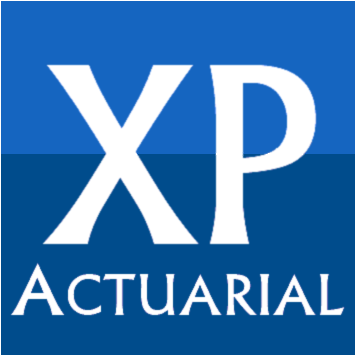SOA Exam P/CAS Exam 1
To become a fully qualified actuary, you have to pass a series of professional exams. Most students start by taking a related university degree. Part 1 and 2 of this course will provide you with the skills required to pass the first actuarial exam.
Whether you are writing with the Society of Actuaries (SOA) or Casualty Actuarial Society (CAS), this course is for you. The material for the SOA Exam P or CAS Exam 1 is covered in this course.
Practice makes perfect with actuarial exams. As such, we have included many practice problems for you to hone your skills. The SOA also provides sample questions and we highly recommend that you practice your skills on these questions as well.
Part One – Probability for Actuaries
The following areas of the exam will be covered:
- Set Theory, Sample Spaces and Probability Spaces
- Basic Probability Theory
- Counting Problems, Permutations and Combinations
- Conditional Probability and Independent Events
- Bayes’ Rule and the Total Law of Probability
- Discrete and Continuous Random Variables
- Probability Density Function (PDF), Cumulative Distribution Function (CDF) and Survival Functions
- Expected Values, Higher Moments, Variance, Standard Deviation and Coefficient of Variation
- Percentiles, Median and Mode
- Mixed Distributions
- Moment Generating Functions (MGFs) and Probability Generating Functions (PGFs)
- Frequently Used Discrete Distributions
- Frequently Used Continuous Distributions
What you get with this course?
You get access to over 10 hours of video lecture content on topics covered in the exam syllabus. You also get access to an electronic manual for the course and over 100 practice questions to hone your skills and prepare you for the actual exam day.
Part One – Probability for Actuaries
Part Two – Probability for Actuaries
The following areas of the exam will be covered:
- Joint Distributions and Marginal Distributions
- Conditional Distributions
- Expected Values, Conditional Expectation, Conditional Variance
- Variance, Covariance and Correlation Coefficient
- Independence
- Joint Moment Generating Functions
- Transformations (Single/Joint)
- Convolution Method
- Distribution of Sums of Independent Random Variables
- Distribution of Max or Min of Independent Random Variables
- Order Statistics
- Central Limit Theorem
- Bivariate Normal Distribution
- Insurance and Risk Management Concepts
What you get with this course?
You get access to over 7.5 hours of video lecture content on topics covered in the exam syllabus. You also get access to an electronic manual for the course and over 100 practice questions to hone your skills and prepare you for the actual exam day.
